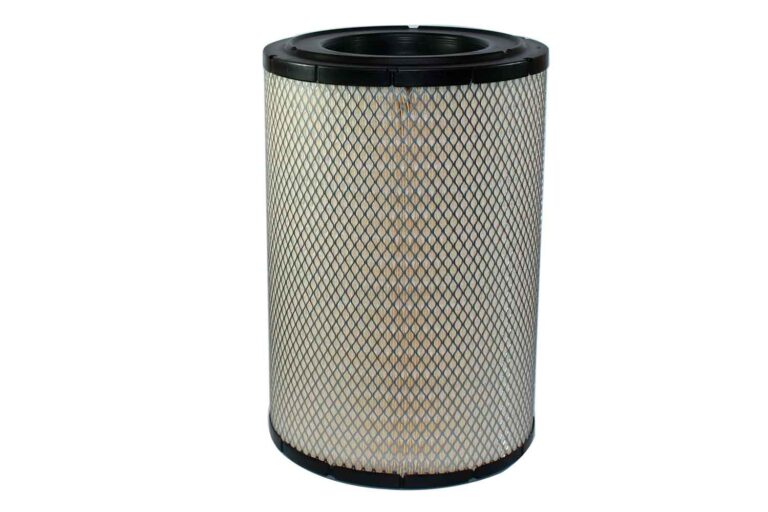Q/28XH16-2002: A Game-Changer in Modern Industry
The Q/28xh16-2002 has quickly become a standout in the tech world, gaining attention for its unique design and impressive capabilities. As industries continue to evolve, this advanced technology is setting a new standard across multiple applications. Whether you’re a tech enthusiast or a professional in the field, getting to know the Q/28xh16-2002 can give you a better sense of how it might shape the future of your industry. Let’s take a closer look at its background, top features, and the innovative ways it’s transforming business operations today.
History and Development of Q/28xh16-2002
The Q/28xh16-2002 has a fascinating background, built on innovation and teamwork. It all began in the early 2000s when researchers set out to develop a more effective solution for tackling complex industry challenges.
The first prototypes focused on boosting performance and durability, with each version undergoing extensive testing to gather insights and make improvements. Over time, advancements in materials science allowed developers to incorporate new compounds that enhanced its functionality, opening up a wider range of uses than initially anticipated.
By collaborating with industry leaders, the Q/28xh16-2002 quickly gained recognition in sectors like manufacturing and telecommunications. User feedback became essential, guiding further refinements to ensure it met practical, real-world demands.
Today, the Q/28xh16-2002 is a remarkable example of how constant innovation, driven by both scientific exploration and industry needs, can create transformative technology.
Key Features of Q/28xh16-2002
The Q/28xh16-2002 stands out due to its thoughtful, innovative design. Its compact build enables seamless integration into a wide range of systems without sacrificing power or efficiency.
One of its standout qualities is its impressive energy efficiency. This technology is engineered to reduce energy usage while boosting output, making it an environmentally friendly option for those aiming to lower their carbon footprint.
Durability is another key feature. Constructed with high-quality, resilient materials, the Q/28xh16-2002 can handle tough conditions and withstand heavy use in industrial settings.
Versatility is at the core of this model as well, allowing it to perform reliably across various sectors, from manufacturing to telecommunications.
Additionally, the Q/28xh16-2002 is designed with user-friendly interfaces, making it easy for operators to track and monitor real-time performance metrics for consistent, smooth operation.
Lastly, advanced connectivity options enhance its functionality, allowing for streamlined data transfer across devices and significantly improving workflow and efficiency.
Applications of Q/28xh16-2002 in Different Industries
The Q/28xh16-2002 technology has become a valuable asset across multiple industries, proving its versatility and effectiveness in diverse applications.
In manufacturing, the Q/28xh16-2002 optimizes production by improving precision and minimizing waste, leading to smoother, more efficient production lines.
In healthcare, this technology is a game-changer for data management. It ensures patient records are handled with greater accuracy and easy accessibility, allowing medical professionals quicker access to essential information.
Telecommunications also benefits from the Q/28xh16-2002, as it strengthens signal processing and network stability, resulting in smoother communication for users.
The automotive industry leverages Q/28xh16-2002 within advanced driver-assistance systems (ADAS), adding crucial layers of safety for drivers on the road.
Each sector uses the Q/28xh16-2002 in unique ways, but the common result is enhanced efficiency and reliability, underscoring the broad applicability of this technology across today’s industries.
Advantages and Limitations of Q/28xh16-2002
The Q/28xh16-2002 brings several valuable advantages across various industries. Its high efficiency allows for fast processing without sacrificing quality, making it a significant productivity booster, especially for manufacturing and production lines.
A key benefit of the Q/28xh16-2002 is its adaptability. This technology easily integrates with existing systems, meaning companies can avoid expensive system overhauls and continue their operations with minimal disruption.
However, a few challenges come with adopting the Q/28xh16-2002. The initial investment can be considerable, which may be a hurdle for some businesses. Additionally, while the technology excels in specific uses, it may not deliver peak performance in every setting.
Training employees to effectively use the Q/28xh16-2002 also takes time and resources, so organizations need to balance these upfront costs and training needs with the long-term benefits this technology offers.
Comparison with Other Similar Technologies
When comparing the Q/28xh16-2002 to similar technologies, its standout design and functionality clearly set it apart in the market.
One key differentiator is its effective resource management. Unlike other options that prioritize energy efficiency but may sacrifice performance, the Q/28xh16-2002 delivers high-powered results without excessive energy demands, striking a balance between power and efficiency.
Its adaptability across various industries, from manufacturing to healthcare, is another unique strength. While some technologies are tailored to specific niches, the Q/28xh16-2002 is versatile, meeting the needs of multiple fields with ease.
The user-friendly interface also gives it a competitive edge, especially compared to more complex systems. This accessibility allows users of all experience levels to operate it smoothly, boosting overall productivity.
With its innovative design and wide-reaching applications, the Q/28xh16-2002 offers a compelling alternative to other technologies in its class.
Future Possibilities and Potential Impact of Q/28xh
The Q/28xh16-2002 holds immense promise for the future, opening doors to a range of innovative applications as technology progresses.
In artificial intelligence, for instance, this technology could fuel faster and more powerful data processing, enabling smarter algorithms and driving operational efficiency to new heights.
Its potential integration with IoT devices might transform smart homes and cities, making real-time data analysis a standard that could vastly improve energy management and reduce waste on a large scale.
Healthcare could also see major advancements, with faster diagnostic processes and more tailored treatment plans, thanks to the Q/28xh16-2002’s precision and processing power.
The technology’s sustainability potential is equally exciting. Industries aiming to cut down waste and reduce their environmental impact could leverage the Q/28xh16-2002 to optimize processes in line with eco-friendly practices.
As research and development continue, the future looks bright for Q/28xh16-2002. We’re just beginning to uncover the possibilities, and it’s thrilling to think about the innovations ahead.
Benefits of Using the Q/28XH16-2002
Businesses choose the Q/28XH16-2002 for its numerous advantages, making it a top choice across industries. Here’s why it’s such a valuable asset:
Boosts Productivity
The Q/28XH16-2002 is designed to improve productivity significantly. With its high precision and powerful performance, it helps complete tasks more quickly and accurately, minimizing the need for rework and corrections.
Cost-Effective
This model’s energy-efficient design helps businesses save on operational costs. Its low maintenance requirements also mean fewer interruptions, contributing to long-term cost savings.
Highly Versatile
Adaptable across industries, the Q/28XH16-2002 can be used in everything from manufacturing to automation and heavy-duty operations, making it a versatile tool for many business needs.
Built for Durability
Crafted from quality materials, the Q/28XH16-2002 is built to withstand tough conditions and constant use, offering reliability and longevity that businesses can depend on for years to come.
FAQs
1. What industries benefit most from using the Q/28XH16-2002?
The Q/28XH16-2002 is highly versatile and supports a wide range of industries, including manufacturing, automation, telecommunications, and healthcare, due to its adaptable and durable design.
2. How does the Q/28XH16-2002 improve productivity?
Its high precision and performance capabilities allow tasks to be completed more quickly and accurately, reducing errors and increasing efficiency across operations.
3. Is the Q/28XH16-2002 cost-effective in the long run?
Yes, the Q/28XH16-2002 is designed to be energy-efficient, reducing energy costs. Its minimal maintenance requirements also reduce downtime, which further contributes to cost savings over time.
4. Can the Q/28XH16-2002 handle extreme environments?
Absolutely. The Q/28XH16-2002 is built with high-quality, durable materials, allowing it to operate reliably even in harsh or high-demand conditions.
5. What kind of maintenance does the Q/28XH16-2002 require?
The Q/28XH16-2002 is designed to require minimal maintenance. Regular system checks are recommended, but it doesn’t demand intensive upkeep, allowing for smooth, continuous operation.
Conclusion
The Q/28XH16-2002 stands out as a robust, efficient, and adaptable technology that meets the demands of various industries. Its productivity-enhancing features, cost-effectiveness, versatility, and durability make it an attractive investment for businesses aiming to optimize their operations. As technology continues to advance, the potential for the Q/28XH16-2002’s applications will only grow, offering businesses even more opportunities to improve efficiency and performance. For companies seeking a reliable, future-ready solution, the Q/28XH16-2002 presents a solid choice that aligns with modern operational demands and sustainability goals.
Stay engaged for the latest news and alerts! Hawaii Times






